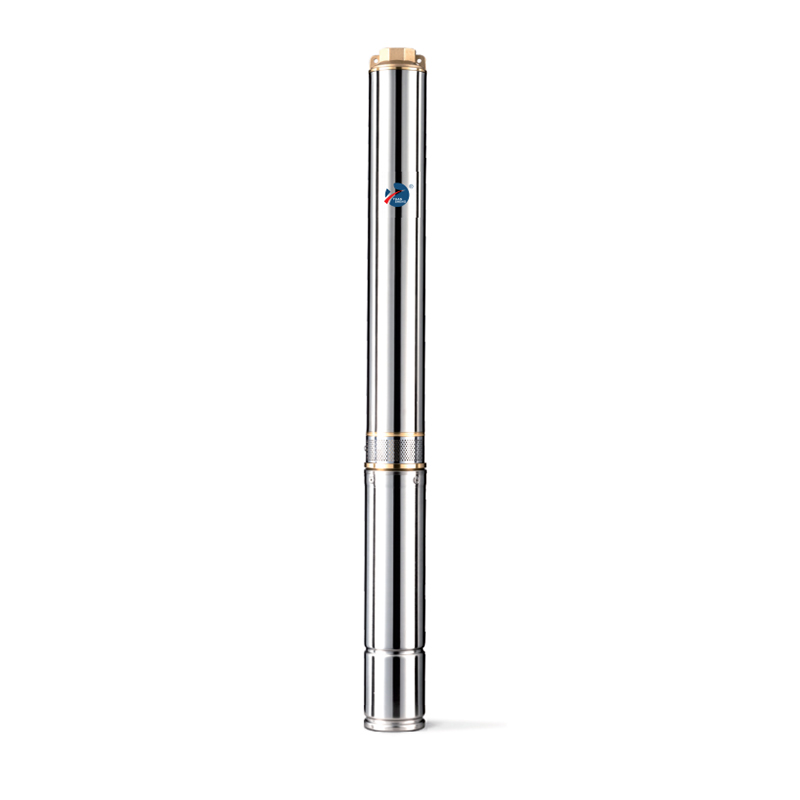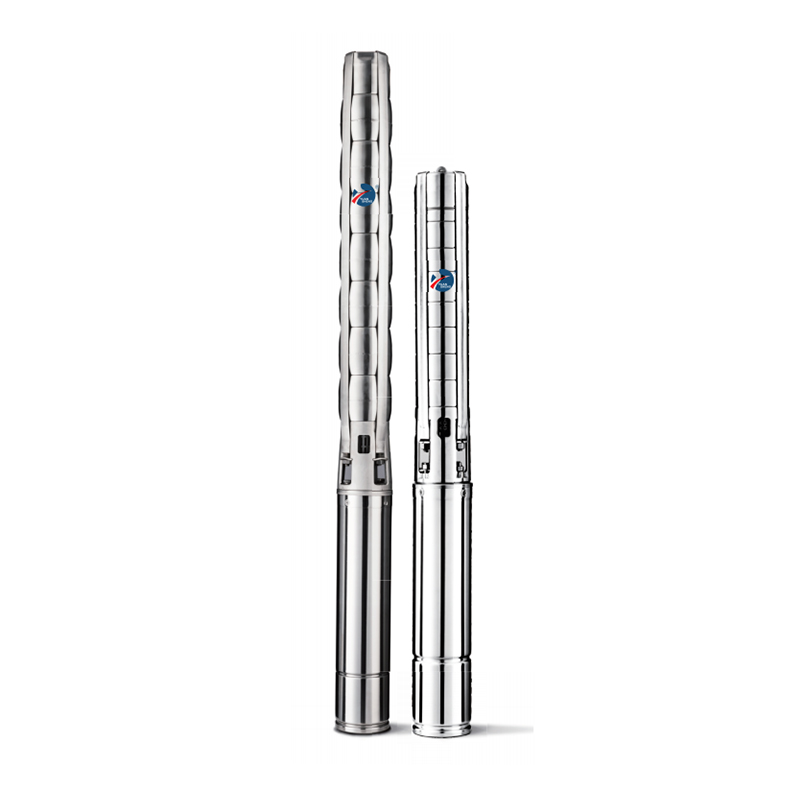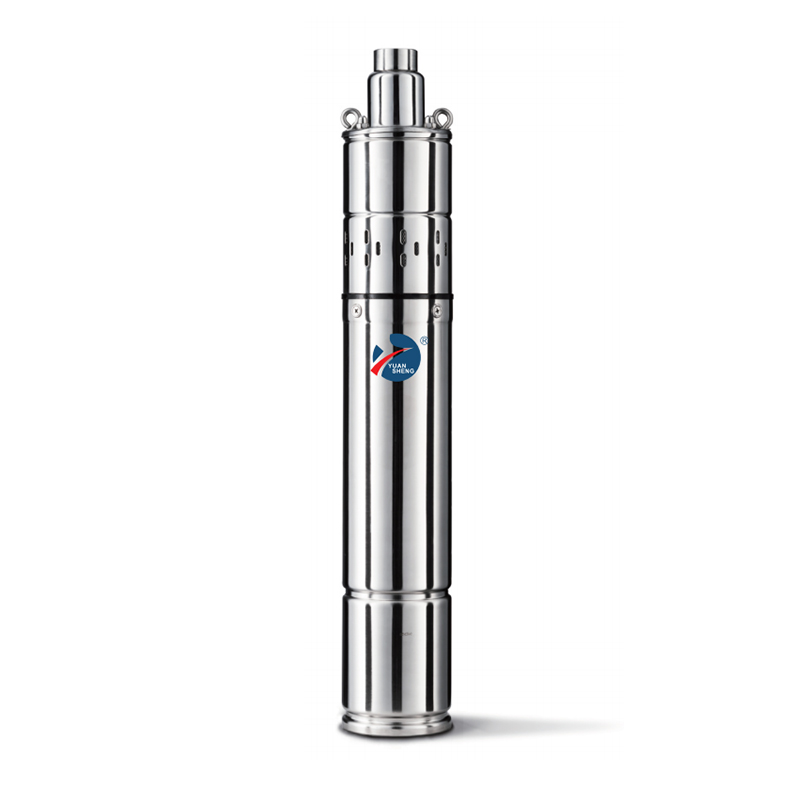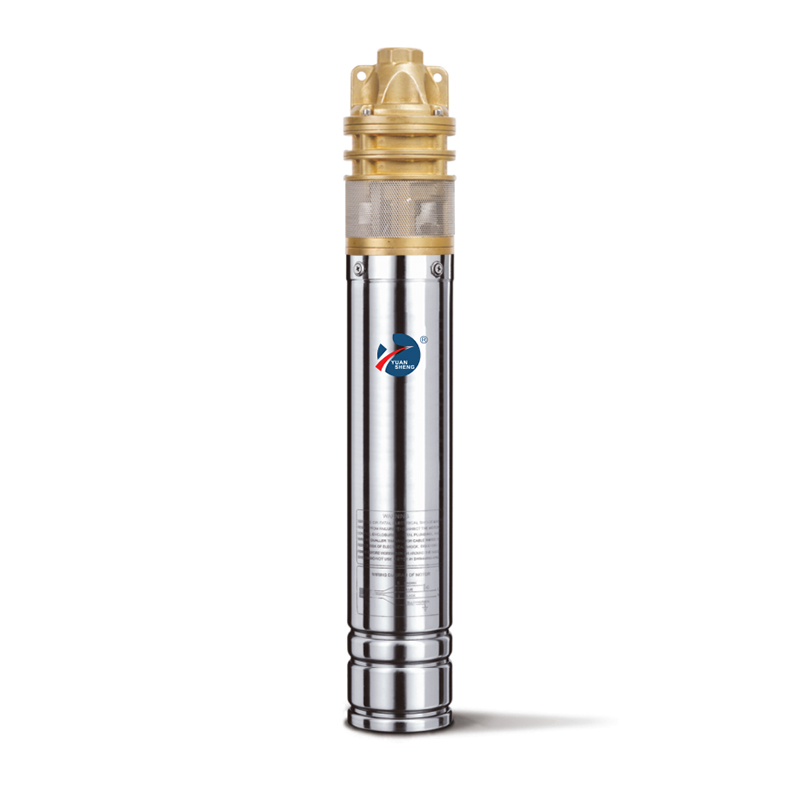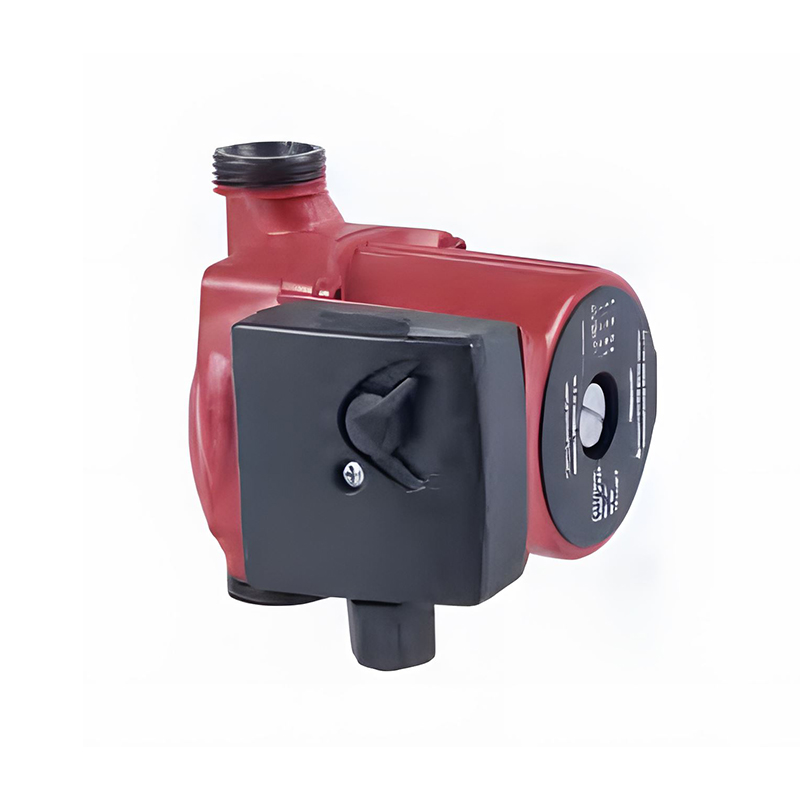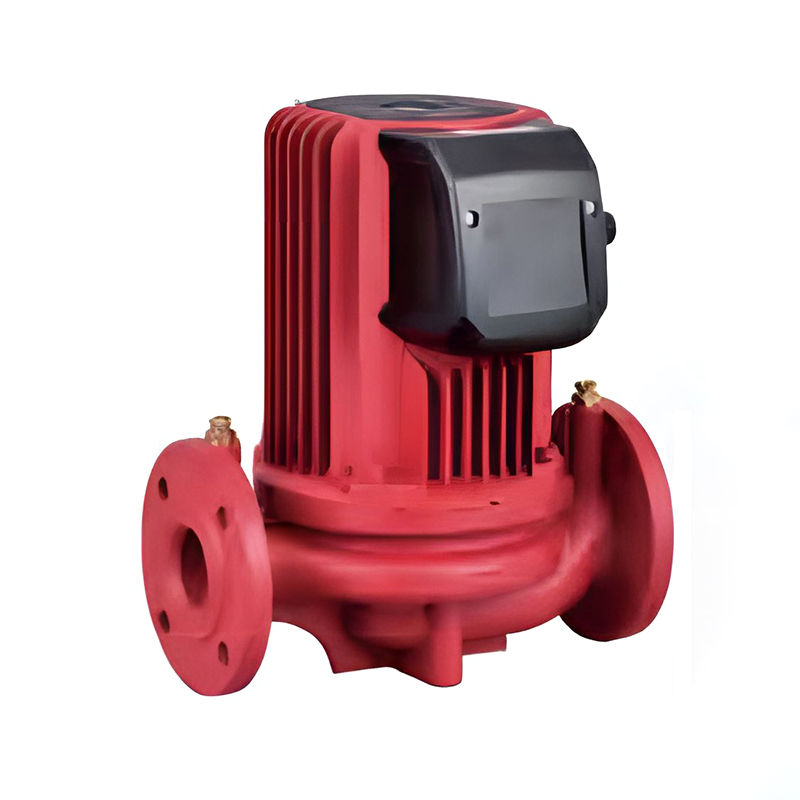In aquaculture, maintaining suitable water quality is essential for the health and productivity of aquatic organisms. One piece of equipment that plays a key role in this is the aquaculture machine aerator. These devices are designed to increase the dissolved oxygen levels in water bodies such as fish ponds, shrimp farms, and tanks, supporting the respiration needs of aquatic life.
An aquaculture machine aerator is a mechanical device used to introduce oxygen into water. By enhancing oxygen circulation, it helps prevent oxygen depletion, which can lead to stress or death in fish and other aquatic species. These machines are often employed in both freshwater and marine farming systems and are essential in intensive aquaculture operations where stocking density is relatively high.
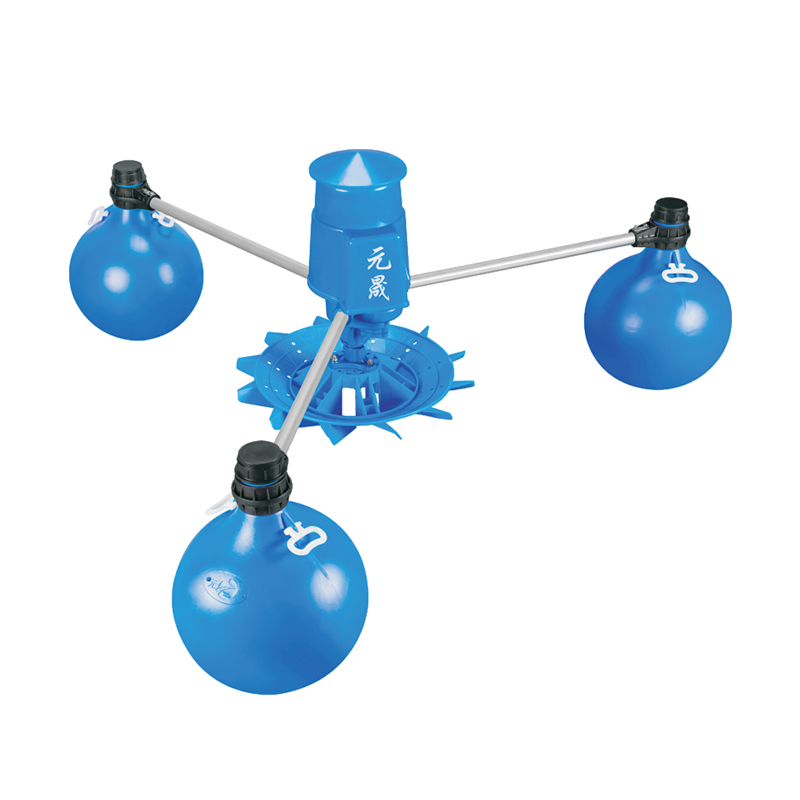
More aerators operate by agitating the water surface, injecting air into the water, or using diffusers to release oxygen-rich bubbles. Depending on the type of system, an aerator may be powered by electricity, solar energy, or fuel. The key objective is to promote gas exchange by exposing water to air and improving oxygen dissolution.
Aerators can also help move water vertically or horizontally within the pond or tank. This movement supports the distribution of oxygen evenly, reduces temperature stratification, and prevents the buildup of harmful gases like ammonia and carbon dioxide at the bottom.
These consist of rotating paddles that splash water into the air. They are commonly used in fish and shrimp ponds and are effective for large surface areas.
Placed at the bottom of tanks or ponds, these systems release fine air bubbles that rise and oxygenate the water as they travel to the surface.
These use water flow to draw in air and mix it directly into the water stream. They are suitable for tanks and raceways.
These devices create jets of water mixed with air, combining circulation and oxygenation in one system.
Each type has its specific applications depending on pond size, stocking density, and environmental conditions.
Benefits of Using Aerators in Aquaculture:
Improved Water Quality: Aeration prevents the formation of stagnant areas, which can harbor harmful bacteria and reduce the overall health of the aquatic environment.
Better Growth Conditions: Sufficient oxygen levels support digestion and metabolism in aquatic animals, contributing to improved growth and feed efficiency.
Reduced Mortality Risk: Oxygen depletion is a common cause of mass fish deaths. Aerators help mitigate this risk, especially during hot weather or nighttime when oxygen levels naturally drop.
Algae Control Support: Aeration can help maintain a balanced aquatic ecosystem by limiting excess algae growth caused by uneven nutrient distribution.
When selecting an aerator for aquaculture purposes, several factors should be evaluated:
Pond or tank size
Stocking density
Power availability
Maintenance requirements
Water depth and flow characteristics
Matching the aerator type and capacity to the specific needs of the aquaculture system can lead to more stable environmental conditions and improved productivity.
Aquaculture machine aerators are essential tools for managing dissolved oxygen levels and supporting aquatic health. By facilitating oxygen exchange and water movement, these devices contribute to the success of fish and shrimp farming operations. Their proper selection and maintenance can make a measurable difference in yield and system sustainability.


 English
English 中文简体
中文简体 عربى
عربى